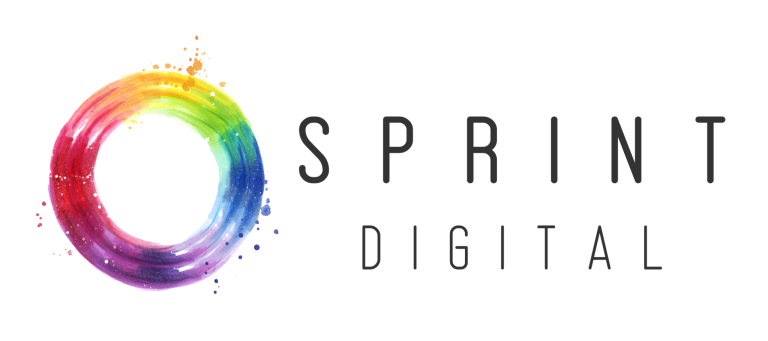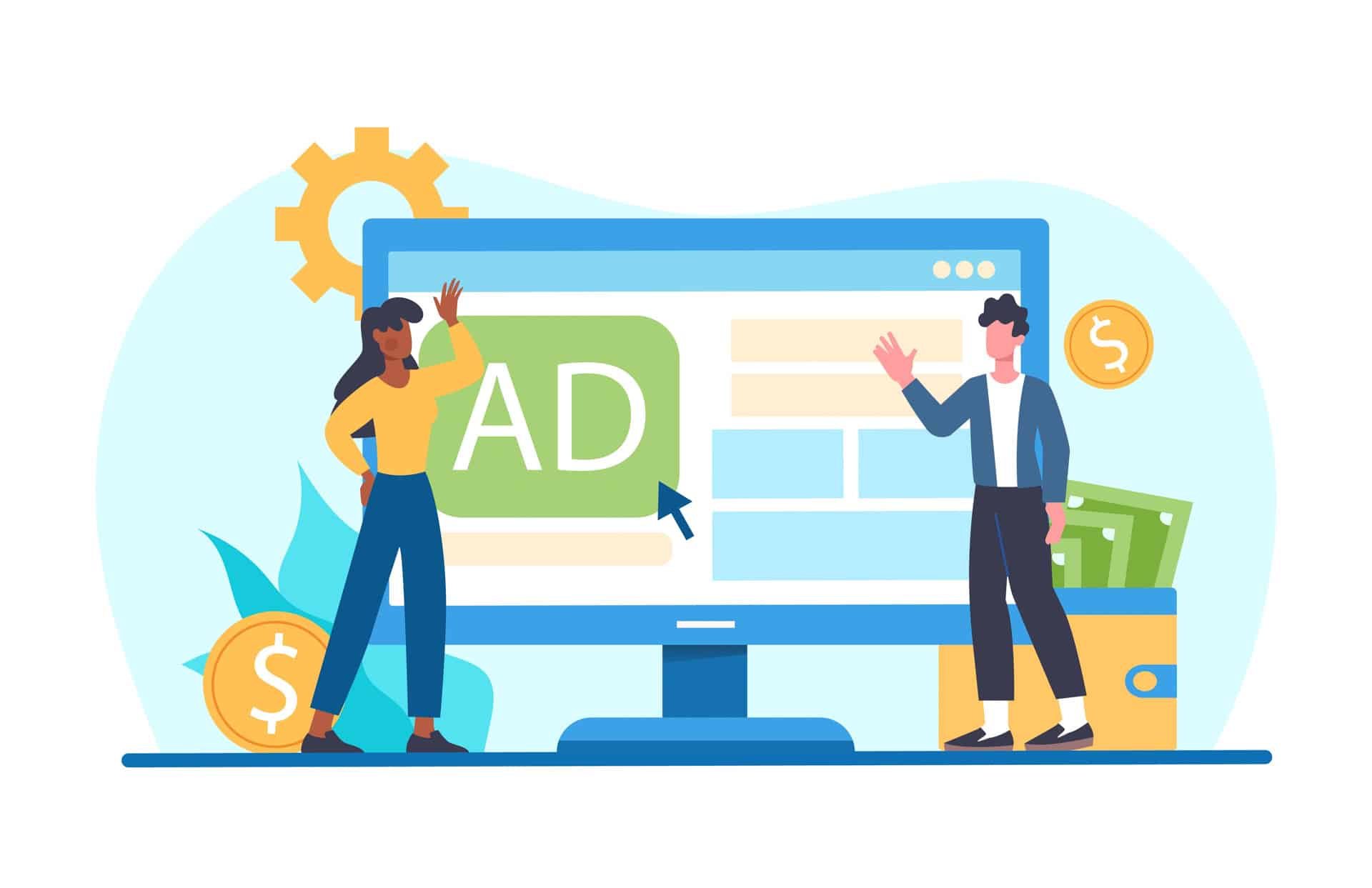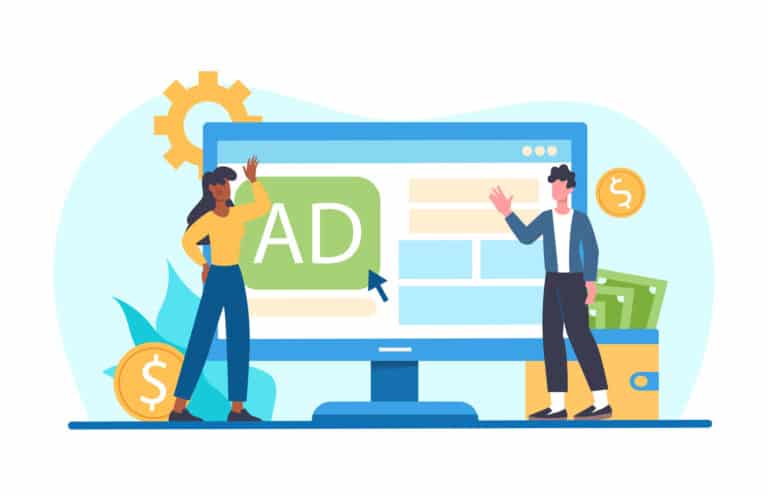At Sprint Digital sometimes we may take for granted that not everyone loves or thinks about digital marketing as much as we do!
We have calls and meetings with our clients on a regular basis where our goal is to explain our results as clearly and concisely as possible. Often when we first start working with a new client, we find ourselves explaining digital marketing terms that they may not be familiar with. For those who don’t have the benefit of a digital agency here’s a simple explanation of our most common day to day terms to use at your next meeting.
GENERAL MARKETING
CMS
Content management system is software that allows you edit and publish your content. For example, WordPress is a CMS that allows you to control the content of your website.
A/B TEST
An A/B test is an experiment where half of an audience will receive different content compared to the other to see which performs better. As an example, an A/B test could be used in an email marketing campaign with two different subject lines to see which has the best open rate.
CTA
A CTA or call to action is the ‘prompt’ to get a user to complete a specific action. It could be a button to click or simply a line of text telling them what to do next.
ANALYTICS
There are many different web analytics platforms available. These pieces of software sit behind your website and track and report website traffic.
Google offers a free website analytics platform called Google Analytics which is one of the most commonly used. This tool helps you to understand how people behave on your website, how they got there, who they are and so much more.
ORGANIC
This is something you might hear often especially when reviewing your website’s overall performance. Organic traffic is the term for visitors who visit your website from a search engine such as Google, Yahoo or Bing but do not come through a paid ad.
ENGAGEMENT
Engagement is when a user clicks on or interacts with your online content whether it’s an organic social media post or a paid campaign. It can be useful to measure the success of your social media when you are looking to track metrics such as likes, shares, and comments.
CONTENT & SEO
SEO
SEO stands for Search Engine Optimisation. Which refers to the development of your website and content to ensure both are search engine friendly. Investing time into this digital marketing practice will help more people find your website on search engines, increasing the quantity and quality of your traffic.
CONTENT
This is referring to all text, imagery and videos created by your company to communicate with your customer. Blogs, ads, articles, emails, social posts and webpages are all considered content.
TONE OF VOICE
Tone of voice is how the personality of your business comes through with words. This, in turn, showcases the character of your brand to your customers. Do you want your customers to see your brand as serious or playful?
BUYER PERSONA
A buyer persona is a representation of your potential or ideal customer. From their name to what their daily routine is like your buyer persona helps you when creating content and deciding what works best for your customer.
PAID ADVERTISING
PPC
You’ll hear this one a lot! PPC or pay per click refers to paid online ads – a marketing channel where you are charged per click which is where the name came from. This is most commonly used when talking about Google Ads but works with many types of online ads such as Bing or even paid social media.
CPC
Another name for pay per click – Cost Per Click. You’ll always see this metric in your digital marketing campaign or reports, it reports the actual price you pay for each click.
IMPRESSIONS
A way of measuring the value of your posts and ads, impressions are the number of times your content is shown on a user’s screen.
REACH
Reach is the total number of unique users that your ads have reached. Unlike impressions which counts the total number of times, your ad was viewed. One user might see your ad multiple times for example.
CPM
CPM stands for Cost Per Thousand Impressions, taken from the French word for one thousand ‘mille’. This is the calculated cost per 1000 views of your ad on a user’s screen. Which can be used both as a reporting metric or a bidding strategy.
ROAS
Return on ad spend is a simple one. This is how much you spend compared to what you made from the campaign or ad. For example, by putting in an investment of €10 into a campaign which then generated €1000 in revenue you earned a return of 100:1 or a 10’000%.
CTR
CTR stands for click-through rate. Which is calculated by your clicks divided by your impressions. For example, if your campaign generated 10 clicks from 100 impressions, you would have a click-through rate of 10%





